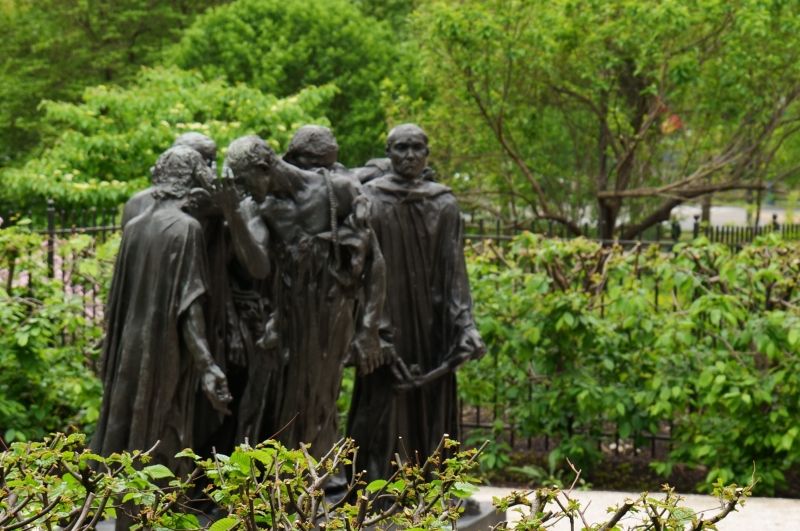Not too long ago I sent a colleague a mail asking him for some information. However, he misinterpreted my question assuming that I was asking for support. Instead of answering my question, he shared some documentation with me. While the documentation did fit the context, it was there to assist me in dealing with my coaching clients and mainly contained information I was aware of.
Reflecting on our exchange I was reminded of the five modes of questioning David Clutterbuck described.
Two types of questions can be attributed to staying in control of one’s situation or establishing power over the other. They serve the person asking the question.
Two types of questions can be seen as enabling co-learning and are based on being curious and sharing that approach of curiosity with the other. These questions serve the relationship. They contribute to making it psychologically safe but also need psychological safety to allow for curiosity to grow. It requires the courage to open up to others and to allow not knowing to become visible.
The type of question Clutterbuck describes as “questioning for other-curiosity” might be the most demanding as it requires allowing oneself to step into the ways of thinking of someone else. It requires the courage to step into a different mindset and leave one’s own aside. It is there to serve the other.


